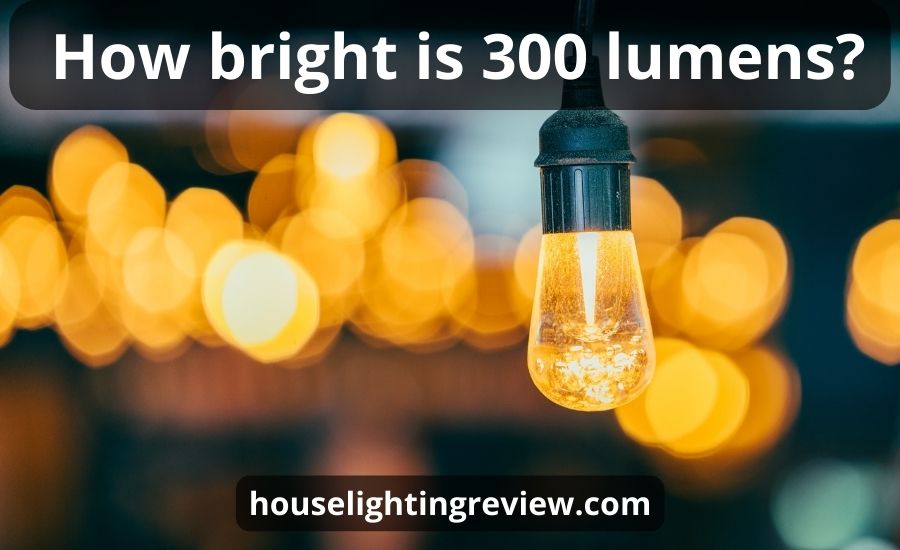In this article, we delve into the theme of 300 lumens, exploring its significance, practical applications, and the impact it can have on our daily lives.
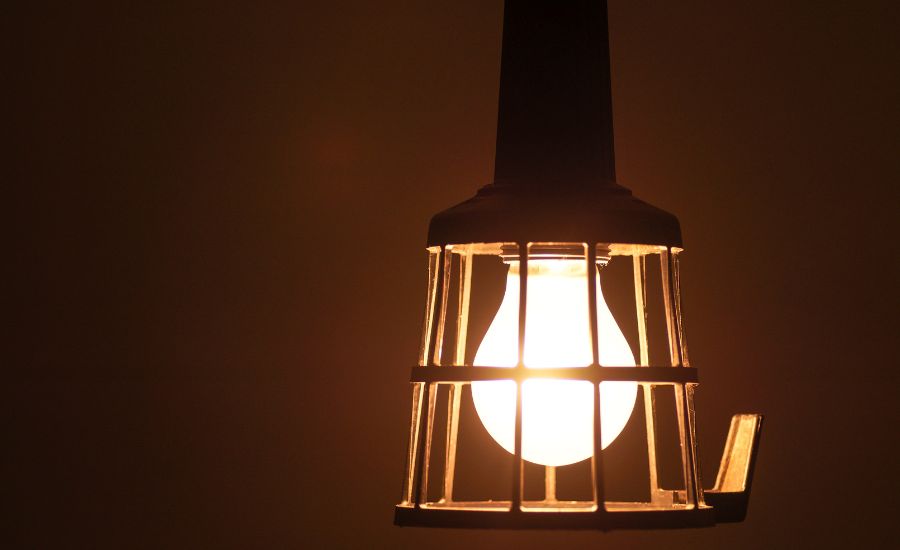
Understanding lumens
By considering the definition of lumens, comparing it to other units of light measurement, and acknowledging the factors influencing perceived brightness, we can develop a more comprehensive understanding of how lumens contribute to our perception of light and its overall brightness.
Definition of lumens and its relation to brightness
Lumens serve as a unit of measurement to quantify the total amount of visible light (luminous flux) emitted by a source.
In essence, lumens measure the brightness of light, providing us with a standardized way to compare different light sources.
Unlike other units that focus on specific aspects of light, such as intensity or directionality, lumens encompass the overall output of visible light.
Comparison with other units of light measurement
While lumens provide a measure of the total light output, it is important to distinguish lumens from other commonly used units of light measurement.
Lux, for instance, measures the amount of light that falls on a specific surface area, taking into account the distance between the light source and the object being illuminated.
Candela, on the other hand, quantifies the intensity or brightness of a light source in a particular direction.
The unit for measuring a solid angle is called a steradian, which is also known as a square radian.
Lumens, in contrast, provide a broader perspective by focusing on the overall brightness emitted by the source, regardless of direction or distance.
Factors influencing perceived brightness
Perceived brightness is influenced by several factors beyond the number of lumens emitted by a light source.
The color temperature of the light produced, measured in Kelvin, determines the warmth or coolness of the light emitted.
Light distribution refers to how the light is spread across space, affecting uniformity and shadows. For example, the narrower beam would feel like not enough light.
Reflectance, or the surfaces’ ability to reflect or absorb light, plays a significant role in how bright an area appears.
Understanding these factors helps us comprehend how much light we need depending on these contextual elements.

How bright is 300 lumens?
300 lumens refers to the specific measurement of light output provided by a light source. It serves as an indicator of the brightness level that can be expected from a particular device or bulb.
Understanding how bright is 300 lumens is essential in evaluating its suitability for various lighting applications.
How do 300 lumens compare to other common light sources?
To gain a better understanding of how much light or how bright is 300 lumens, it’s helpful to compare it to other common light sources.
For example, a standard incandescent lighting bulb typically emits around 800-900 lumens, making it noticeably brighter light than 300 lumens.
On the other hand, compact fluorescent bulbs (CFLs) and LED bulbs can provide the same level of brightness as 300 lumens while consuming significantly less energy.
Real-life examples of 300-lumen light sources
There are several real-life examples where 300-lumen light sources find practical use.
In residential settings, a table lamp or a small desk lamp equipped with a 300-lumen bulb can provide ample brightness for reading, studying, or creating a cozy atmosphere in a bedroom or living room.
Similarly, in a small office space, lighting fixtures with 300 lumens can offer focused illumination for work surfaces or specific areas.
In outdoor settings, 300-lumen flashlights or lanterns are often favored for camping, hiking, or emergencies.
Their brightness strikes a balance between visibility and battery efficiency, making them a reliable choice for illuminating a campsite or navigating through dark trails.
Moreover, 300-lumen light fixtures are commonly used for accent lighting or highlighting specific objects or areas, such as artwork, displays, or architectural features.
But how many lumens do you need? Well, if you wish to know how much light you need, you may count 1 lumen per square meter as enough for most cases.
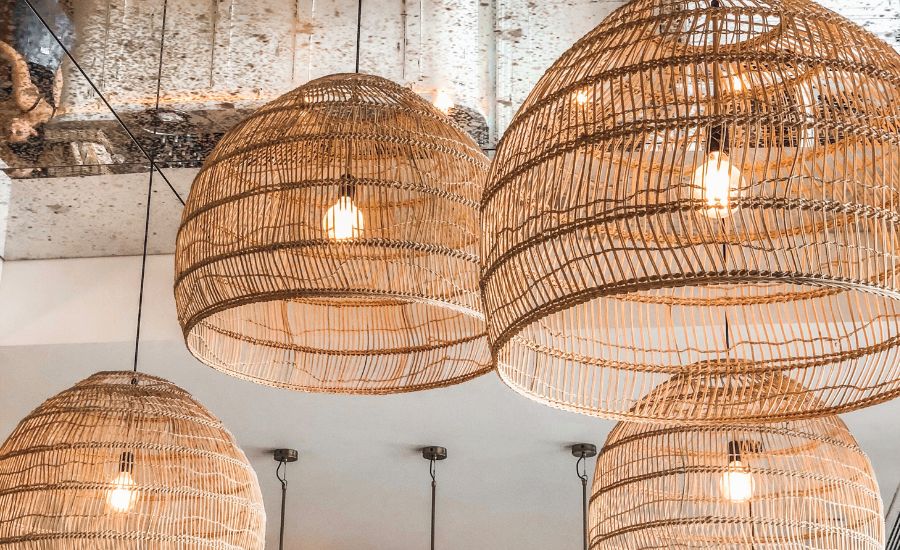
Practical applications
By considering these factors, you can make informed decisions when choosing 300-lumen lighting solutions that best suit your indoor and outdoor lighting needs.
Indoor lighting scenarios suitable for 300 lumens
In indoor settings, 300 lumens can serve as an excellent lighting option for various scenarios.
Task lighting
Whether it’s reading, working on a craft project, or cooking in the kitchen, 300 lumens can provide ample brightness for focused tasks without causing discomfort or glare.
Accent lighting
Use 300-lumen fixtures or bulbs to accentuate specific areas or objects in your home, such as highlighting artwork, sculptures, or architectural features. The moderate brightness helps draw attention without overwhelming the surrounding space.
Ambient lighting
In smaller rooms or cozy corners, 300 lumens can create a warm and inviting ambiance. Consider using lamps or sconces with 300-lumen bulbs to provide gentle, diffuse illumination.
Outdoor applications where 300 lumens can be beneficial
Outdoors, 300 lumens can be particularly useful in a range of applications.
Pathway lighting
Install outdoor light fixtures with 300 lumens along walkways, garden paths, or driveways to provide guidance and ensure safety during nighttime navigation. 1 lumen per square meter would be enough.
Outdoor entertaining
Use 300-lumen string lights, a bike light, or hanging lanterns to create a pleasant and inviting atmosphere for outdoor gatherings, parties, or dining areas.
Camping and hiking
Compact flashlights or headlamps with 300 lumens offer adequate brightness for camping, hiking, or exploring the great outdoors during the night with a bike light (bicycle headlight). They provide sufficient illumination while conserving battery life.
Considerations for choosing 300-lumen lighting solutions
When selecting 300-lumen lighting solutions, there are a few factors to consider:
- Purpose and placement. Determine the specific lighting needs for the intended application. Assess whether the 300 lumens will provide the desired level of brightness for the task or ambiance you want to achieve.
- Energy efficiency. Consider energy-efficient options like LED bulbs or fixtures, as they consume less power while delivering the same brightness as traditional incandescent or halogen lights.
- Color temperature. Different color temperatures can create varying moods and aesthetics, so choose one that aligns with your desired lighting atmosphere.
- Quality and durability. Look for reputable brands and products known for their quality and longevity. This ensures that your 300-lumen lighting solution will perform reliably and have a longer lifespan.
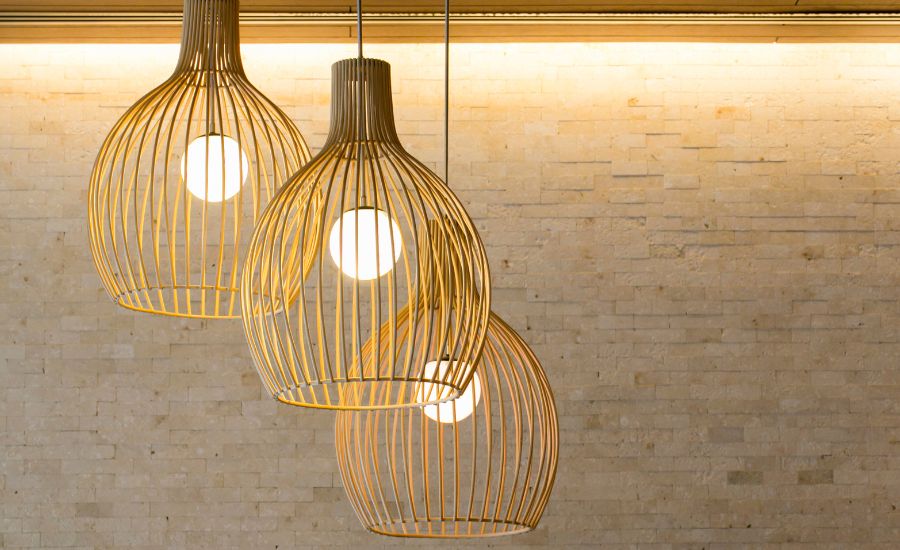
Impact on daily life
The impact of 300 lumens on daily life extends beyond mere illumination. It influences the overall mood and ambiance, offers energy efficiency and cost savings, and contributes to safety and security considerations.
Enhancing ambiance and mood with 300 lumens
300 lumens can play a significant role in creating and enhancing the ambiance and mood in various settings.
By carefully positioning 300-lumen light sources, you can create a warm and inviting atmosphere in living rooms, bedrooms, or dining areas.
The moderate brightness of 300 lumens allows for a comfortable and relaxing environment, making it ideal for unwinding after a long day or setting the tone for a cozy evening with loved ones.
Energy efficiency with 300 lumens bright alternatives
One notable advantage of using 300-lumen lighting alternatives, such as LED bulbs or energy-efficient fixtures, is their high energy efficiency.
Compared to traditional incandescent bulbs, 300-lumen LED bulbs consume significantly less electricity while providing the same level of brightness. This translates into lower energy bills and reduced environmental impact.
Safety and security implications of 300 lumens bright lighting
In terms of safety and security, 300 lumens can have a positive impact. By strategically placing 300-lumen light sources in key areas, such as entryways, staircases, or outdoor spaces, you can enhance visibility and minimize the risk of tripping or falling.
Moreover, well-lit surroundings create a sense of security, making occupants feel more comfortable and confident in their environment.
Furthermore, when used in conjunction with motion sensors or timers, 300-lumen lighting solutions can provide an added layer of security.
The sudden illumination triggered by motion sensors can startle and discourage potential intruders, while timers can give the impression that someone is present, even when the property is unoccupied.
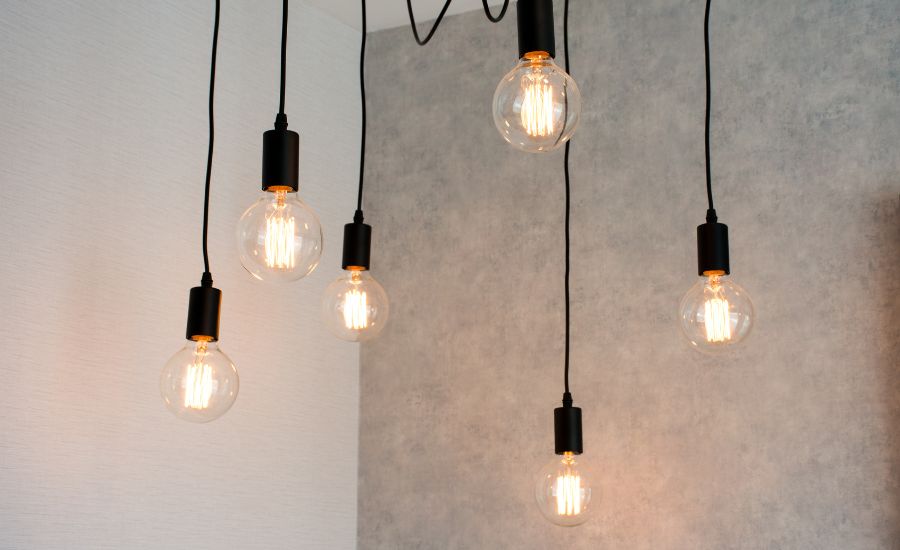
Tips for choosing and using 300 lumens
By considering these tips for selecting, placing, and maintaining 300-lumen lighting, you can maximize the effectiveness and longevity of your lighting setup while enjoying the desired illumination and ambiance in your space.
Factors to consider when selecting 300-lumen light sources
- Purpose and application. Determine the specific lighting needs for your intended use. Consider whether you require focused task lighting, ambient lighting, or accent lighting, and choose a 300-lumen light source that suits the purpose.
- Color temperatures. Pay attention to the color temperatures of the 300 lumens bright light source. Different color temperatures can create different moods and aesthetics. For a warm and cozy atmosphere, choose a lower one (e.g., 2700K), while a cooler one (e.g., 4000K) may be preferable for tasks or areas that require a brighter, more energizing light.
- Efficiency and longevity. Opt for energy-efficient options such as LED bulbs. LED technology not only provides high efficiency but also ensures a longer lifespan, reducing the frequency of bulb replacements.
Proper placement and positioning for optimal illumination
- Consider the space. Assess the size, layout, and function of the space where you plan to use 300-lumen lighting. Determine whether a single light source will suffice or if multiple light sources are needed for even and adequate illumination.
- Task-specific lighting. Position 300-lumen light sources appropriately to cater to specific tasks or activities. For example, in a workspace, place the light source in a way that minimizes shadows and glare, allowing for comfortable and productive work.
- Layered lighting. Consider combining 300-lumen fixtures or bulbs with other light sources of varying brightness levels to create layered lighting. This approach adds depth, flexibility, and visual interest to your space.

Conclusion
In conclusion, 300 lumens serves as a versatile and practical unit of measurement for assessing brightness in various lighting applications.
FAQ
In this section, we address common questions surrounding lumens and their practical applications.
What is 300 lumens equivalent to?
The equivalency of 300 lumens depends on the type of lighting sources you are comparing it to.
As a general reference, 300 lumens can be approximately equivalent to a 25-watt incandescent bulb or a 7-watt LED light bulb.
What is considered bright in lumens?
The perception of brightness can vary among individuals and different lighting applications.
However, as a reference point, typical incandescent light bulbs range from 800 to 1600 lumens for a standard household bulb, which is considered relatively bright.
A LED light bulb that emits 1000 to 1600 lumens is also considered bright.
What is a good lumen for flashlight?
The appropriate lumen output for a flashlight depends on the intended use.
For general household use, a flashlight with a range of 100 to 300 lumens can be sufficient for tasks such as finding your way in the dark or locating objects in dimly lit areas.
For outdoor activities, such as camping or hiking, a flashlight with 300 to 1000 lumens can provide a brighter and more extended beam.
How bright is 300 LED?
The brightness of a 300-lumen bright LED bulb can vary depending on factors such as the design of the LED and the quality of the components used.
However, as a reference, a LED with a lumen rating of 300 typically provides a moderate level of brightness that can be suitable for various lighting needs.
How many watts is a 300 lumens bright LED bulb?
The wattage of an LED light bulb or light source is not directly determined by the number of lumens it produces (bulb’s brightness). The wattage refers to the bulb’s power consumption, not light output.
However, as a general reference, an LED bulb that produces 300 lumens typically consumes around 3 to 6 watts of power.

